In Vitro Fertilization (IVF)
In the natural fertilization process the egg is fertilized during its journey through the fallopian tube. With in vitro fertilization (IVF), the egg is fertilized with the husband’s sperms outside the woman’s body in a special laboratory. After fertilization, the Embryo’s are allowed to grow for a short period of time in the laboratory before being placed into the Uterus. A successful pregnancy can be confirmed about two weeks later.
Initially this technique was developed as a solution for infertility caused by obstructed tubes. Later it turned out that this method could also be used for treating other causes of infertility. In vitro provides many people with the opportunity to attempt pregnancy in the face of one or more factors that may otherwise decrease their chances. There are several reasons why you may be better off with IVF.
Reasons for undergoing IVF
• Significant adhesions (scar tissue)
• A history of damage to the fallopian tubes
• Endometriosis
• Unexplained infertility
• Mild to Moderate male factor
• Retrograde ejaculation
• Immunological Infertility
Important Steps of IVF Procedure
• Stimulation of the ovaries to produce several ripe/ Mature eggs (Induction of Ovulation)
• Aspiration of the eggs (Ovum pick-up),
• Preparation of the sperm sample (semen processing)
• Fertilization of the eggs in the laboratory (IVF) and
• Replacing two or three embryos in the uterus (Embryo Transfer)
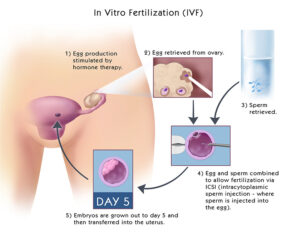
Useful Information
The pregnancy rate per cycle is 35% – 40% in women of age less 35 years.
Cumulative pregnancy percentage 80%.
Disappointment and risks:
- Cancellation of cycle ~ 10%
- Severe ovarian hyper stimulation syndrome less then 5%
- Miscarriage rates 15% – 20%
- Ectopic pregnancy rate 3%
- Multiple pregnancy rates (transfer of the embryos) twins 10%, triplets 1%.
• Preparation of the sperm sample (Sperm Processing)
• Fertilization of the eggs in the laboratory (IVF) and
• Replacing two or three embryos in the uterus (Embryo Transfer)The ovaries have to be stimulated to bring several eggs to development. This is the result of a natural hormone (follicle stimulating hormone or FSH) which is produced by a little gland, the pituitary, located near the middle of the brain, during the natural cycle. During the cycle, the body regulates the production of this hormone in such a way that only one egg ripens. However, it is desirable for an IVF-treatment to have several ripe eggs. The pituitary activity is temporarily suppressed, briefly and at the same time as the stimulation (subcutaneous injections for 7 days) or several weeks before the stimulation (a single injection with a long-term effect product or a daily administration with a nasal spray) in order to achieve this. The medication used has a very selective effect on the production of FSH and has no negative consequences. FSH is injected daily. On average, stimulation takes 12 days, but this can vary from 7 up to 21 days. There are different hormonal preparations on the market. The doctor will discuss with you which preparation is the most appropriate for you. In some patients no pituitary suppression is done and direct stimulation starts from day 1 or day 2 of cycle depending upon individual patient requirement.
We closely monitor the course of the stimulation by serial ultrasound scans and blood samples. This is necessary to be able to adjust the stimulation and to determine the exact moment on which the eggs are ripe and can be fertilized. When the follicles have a diameter of about 20 mm, the final phase of the egg maturation is initiated with an HCG injection. The egg cell puncture takes place 34 to 38 hours after this injection.
Egg Cell Puncture (Follicle Aspiration Or “Pick-Up”)
With a fine needle the vaginal wall is punctured under vaginal ultrasound surveillance and the follicular wall is pierced, the follicular fluid containing the egg is then aspirated. We usually perform the ovum pick up or oocyte aspiration under general anesthesia. The type of anesthetic approach used will be discussed in advance with your treating doctor. You will have to remain under medical supervision for a few hours after the puncture. The possibility of complications (bleeding, infection) is extremely low. The puncture rarely causes infection (risk less than 1/1000).
Typical Flow Chart for IVF Patients

What is it
How to Overcome The 4 Most Common Obstacles to getting up Early
Consectetur adipisicing elit, sed do eismod incididunt ut labore et dolore derit in voluptate.velit esse cillum dolore eu fugiat nulla pariatur. Excepteur sint occaecat cupidatat non proident,
Sunt in culpa qui officia deserunt mollit anim id est laborum. Sed ut perspiciatis unde.omnis iste natus error voluptatem.
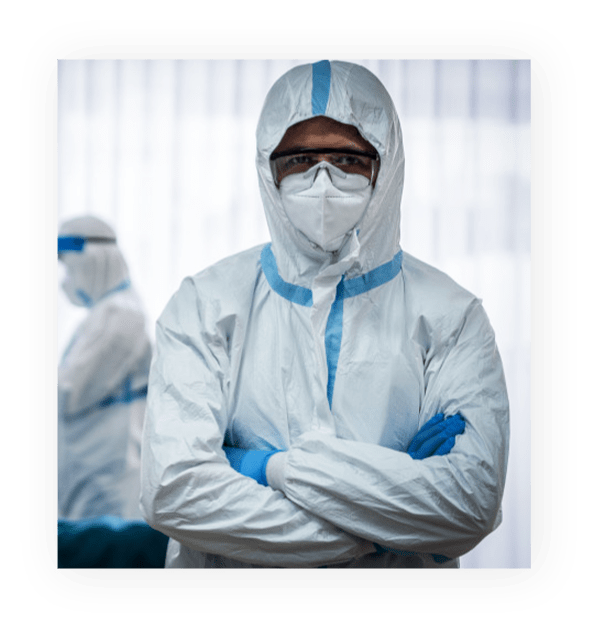
"You guys are perfectionists in every domain. I hugely benefited from your advanced healthcare solutions. Today, I am as fit as a fiddle, You are clinical geniuses."
Rudolf McCarthy
"Donec quam felis, ultricies nec, pellentesque eu, pretium quis, sem. Nulla consequat massa quis enim Donec justo"
Meghan Hopkins
Covid treatment
A World of Health Covid-19 Services

Complete Medical Expert Solutions

Doctor Consultancy Available 24×7
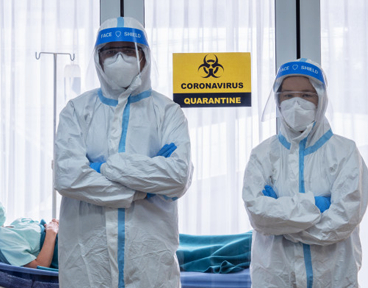
Appointment with our Specialist

Expert Clinical Support and Services
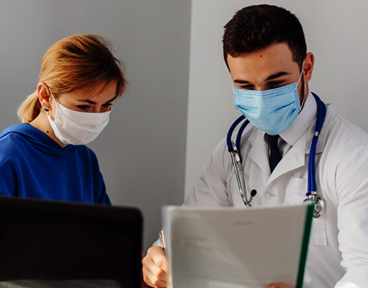
Advance Diagnostic Technology
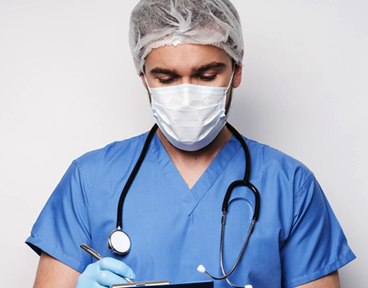
Advance Surgery & Treatment
trust us
Keep improving our hospital
Lorem ipsum dolor sit amet, consectetur adipiscing elit. Ut elit tellus, luctus nec ullamcorper mattis, pulvinar
Consectetur adipiscing elit. Ut elit tellus, luctus nec ullamcorper mattis, pulvinar dapibus leo.
Pulvinar ipsum dolor sit amet, consectetur adipiscing elit, luctus nec ullamcorper mattis, ut elit tellus

